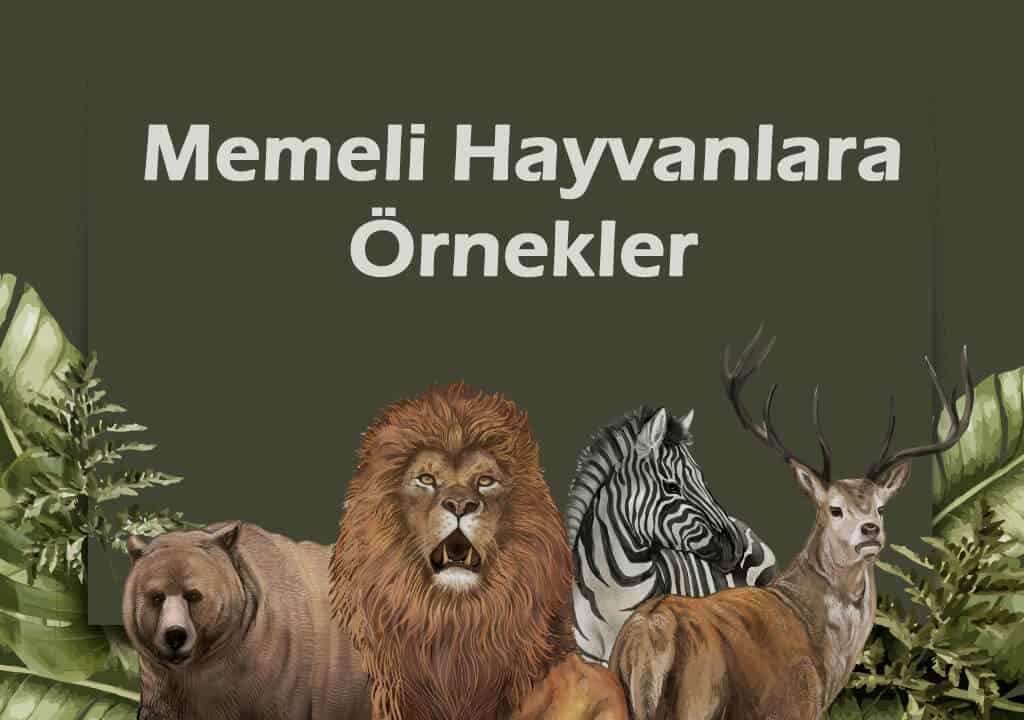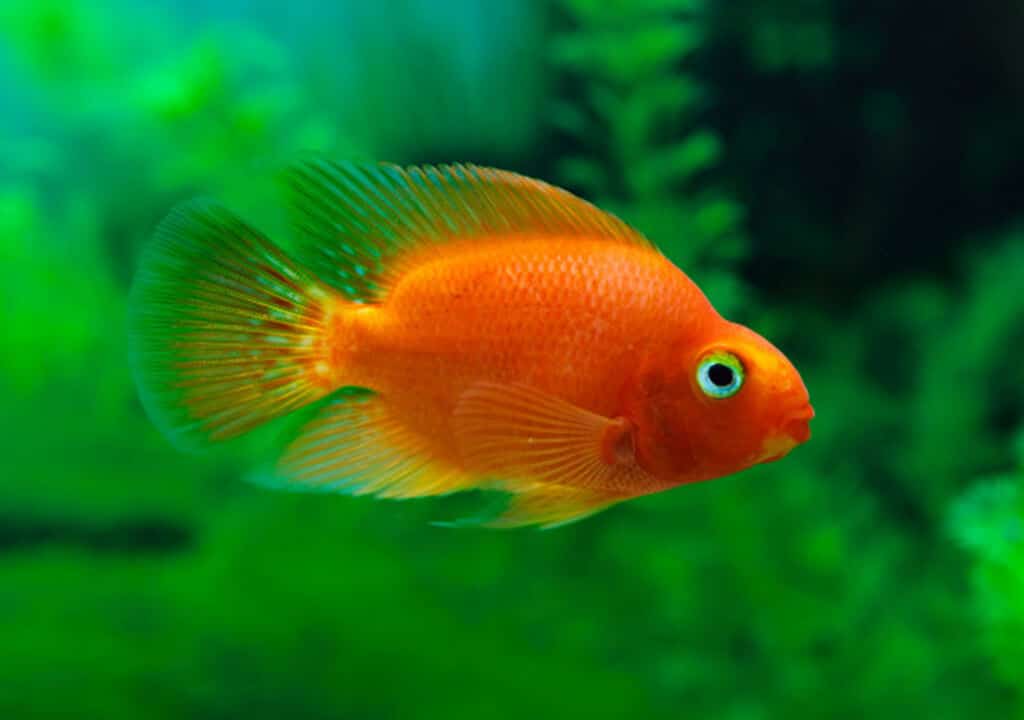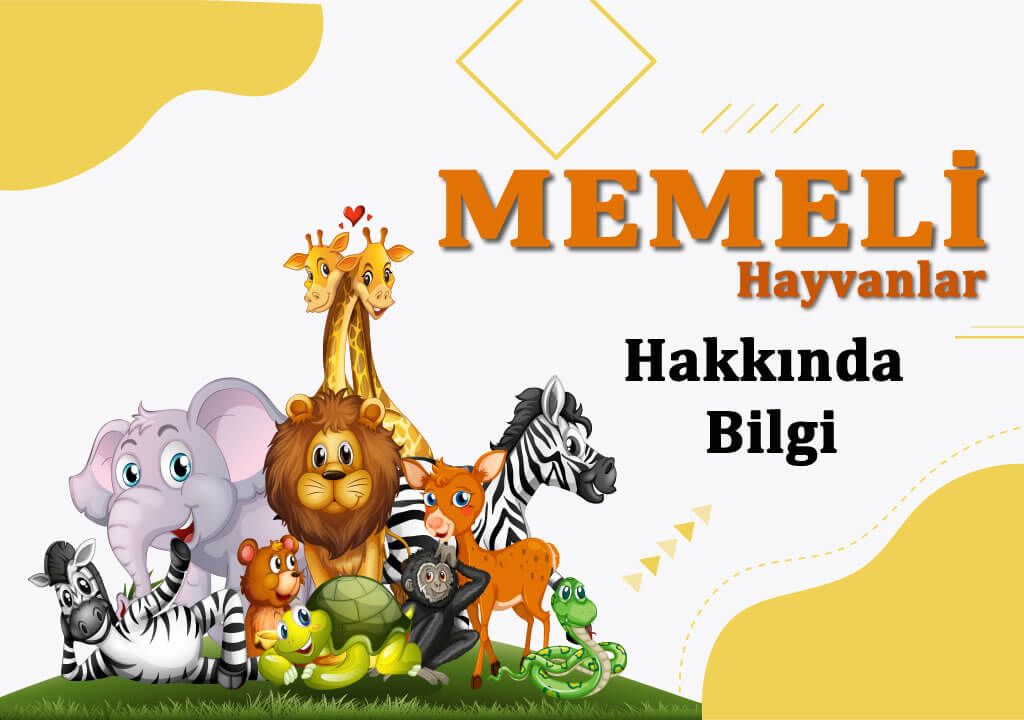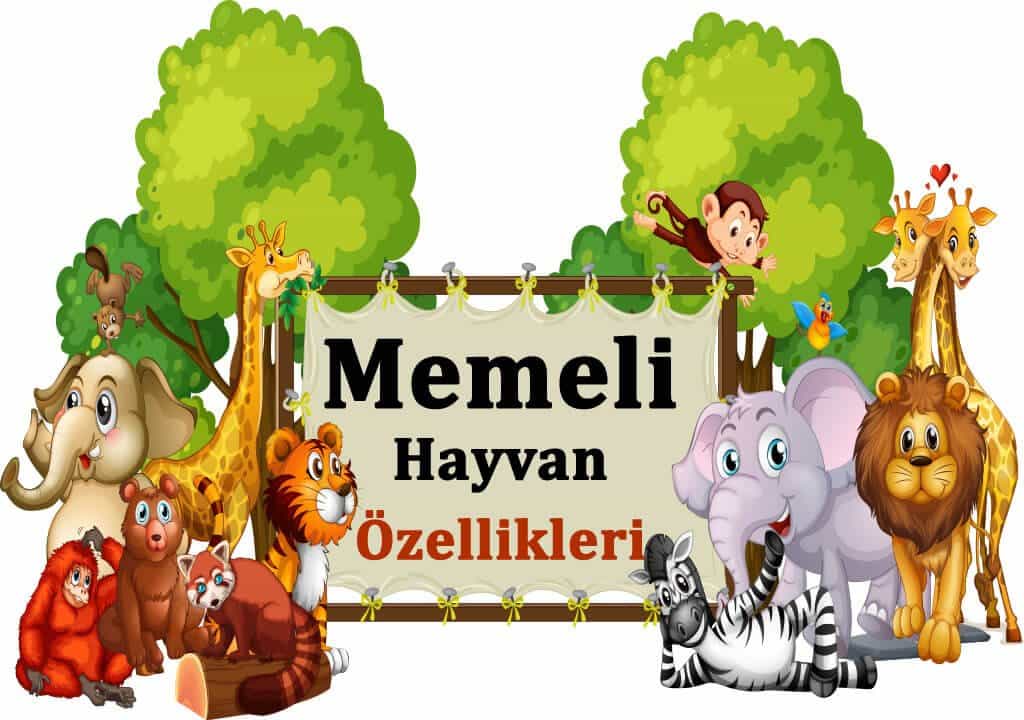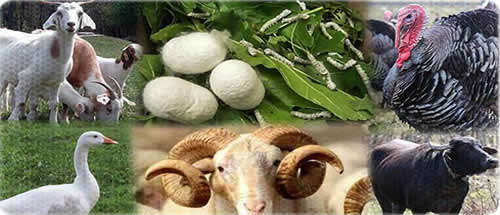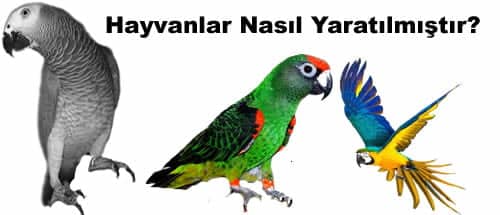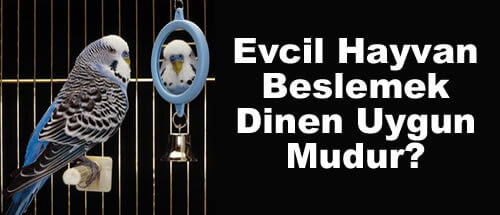Blog
How Are Animals Divided into Groups?
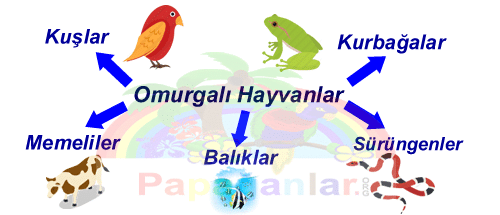
Animal Kingdom
Multicellular animals are classified according to their skeletal structure. The skeletal system is the structure that sustains the body. The skeletal system consists of bone or cartilage structure.
The animalkingdom is grouped under two broad headings, invertebrates and vertebrates. These titles are divided into subclasses and animals are grouped.
What Are Animal Groups?
Invertebrates do not have a nervous system and do not have a skeleton in their body. They do not have developed organs. They can live on land and in water. Invertebrates are divided into sponges, cetaceans, worms, mollusks, arthropods and echinoderms. Sponges, most of which live in the sea, have their own endoskeletal system. Sponges used in the bathroom are an example of these. Coeloenters, which have radial symmetry in their bodies, do not have a developed organ and tissue structure. Examples of these are jellyfish and coral. Worms, which have a moist and soft tissue, take part in soil aeration and material extinction. Octopus and mussel are examples of mollusks that generally have open circulation. Arthropods, consisting of the head, thorax and abdomen, are the group with the most species. Scorpions and crabs are examples of this group. Echinoderms living in the sea, sea urchins and starfish can be given as examples.
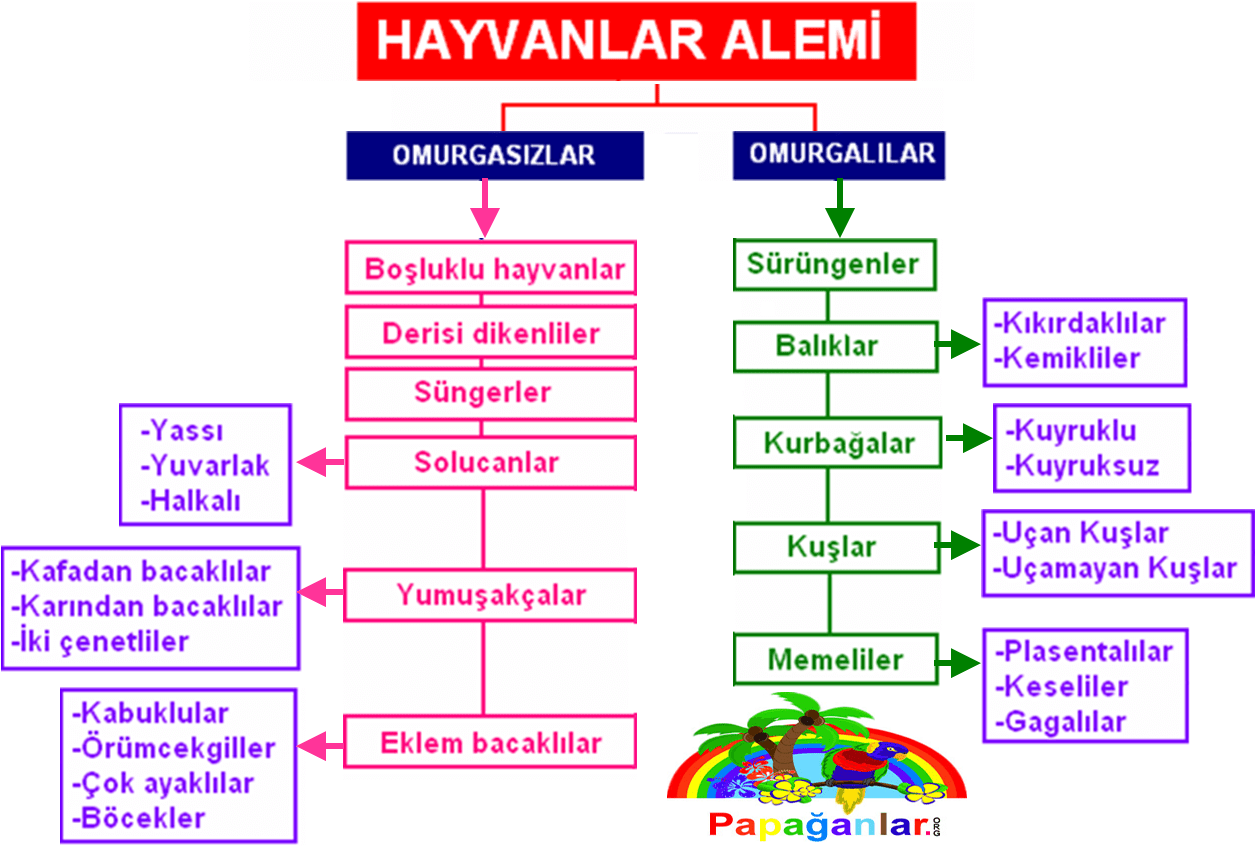
Animal Groups and Characteristics
Vertebrates are living things with developed tissues and organs. There is an endoskeletal system made up of bone or cartilage. They are divided into groups as fish, frogs, reptiles, birds and mammals. Fish living in fresh and salt waters breathe through gills. Frogs that emerge as larvae become adults by metamorphosis and can live on land and in water. Reptiles, whose skin is covered with scales, breathe through lungs. Birds that can fly thanks to air sacs and hollow bones have beak structures that have taken shape according to the region they are in. Mammals, which reproduce by internal fertilization, are the most developed group of living things.





